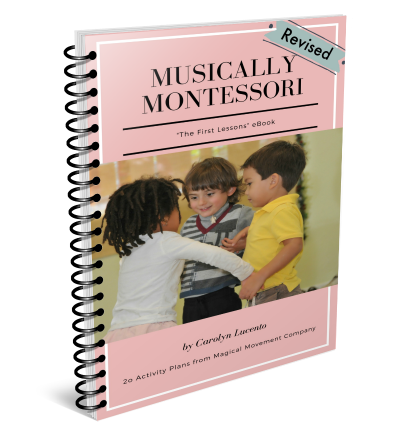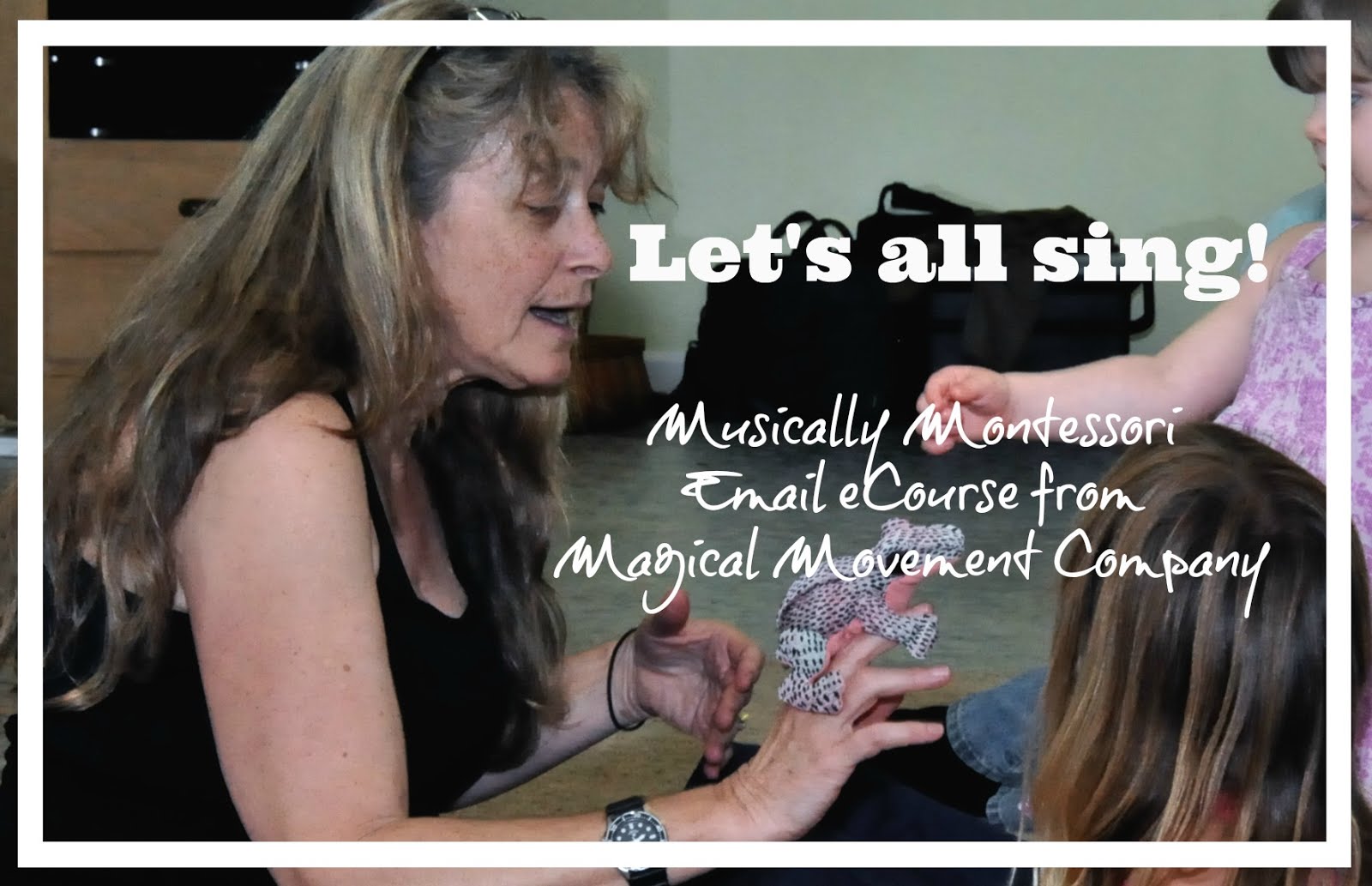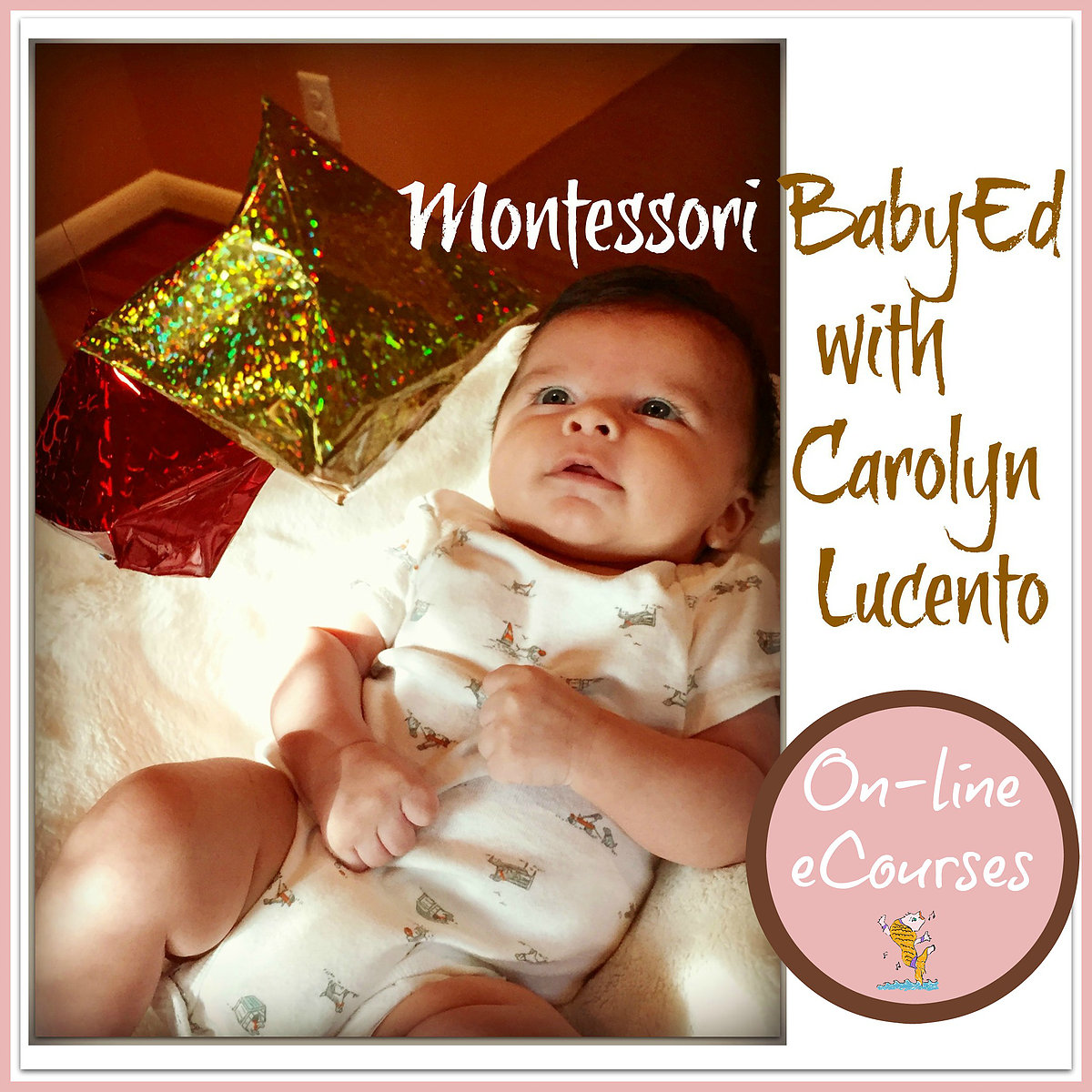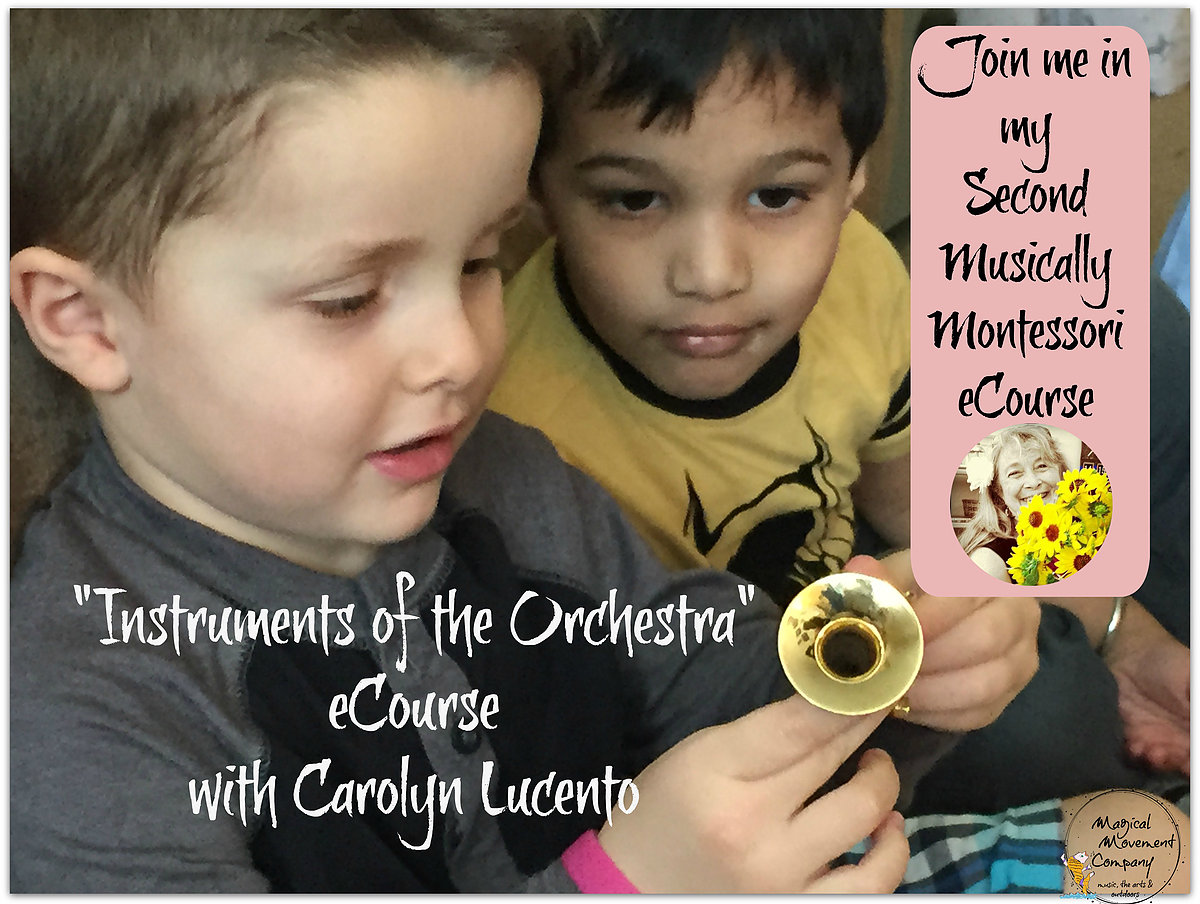Design by Veronica Spriggs
Shakers made from gourds ("gourd rattles") are some of the simplest and most beautiful of percussion instruments. When the gourd has dried, the seeds inside make a soft rhythmic sound when it is shaken. The South American gourd shakers pictured below grow in a shape that is perfect for small hands, just like a pair of maracas. The traditional design on these shakers was created by burning, staining and carving...the natural way.
Photo by the artists at Dollar Photo Club
I first discovered gourd rattles many years ago while attending Native American pow-wows in the Klamath Falls region of Southern Oregon. This youtube video captures the lovely sounds of the native instruments of drum & gourd rattle being played for a clapping game.
You can download this authentic music at this link: Amazon Native American Hand Game with Gourd Rattles.
Children love shaking a shaker (think of babies and rattles!) and if you add a steady four-beat rhythm on the drum, your music circle becomes a magic circle. It is a well-known fact that many peoples of the world play music and dance for the rains to come. I personally believe that young children have a powerful place in the world of magic. I've danced many a rain dance with little children and the rains did come!
The rattle pictured below was constructed with a small gourd that was cut open at the neck, pebbles added, then securely attached to a stick and decorated with colorful string.
Photo of Native American drum, rattle, and flute by the artists at Dollar Photo Club
Gourd rattles/shakers are found all over the world. I have some like the ones pictured below that I purchased at a street bazaar from an African vendor. These gourd rattles have been sawed open, then filled with materials for added sound. Next, holes are drilled and the woven basket materials are sewn onto the gourd. The sound of these shakers is lighter and kind of "scratchy." I love this style of gourd rattle because once again, these are just the right size for small hands.
Photo by the artists at Dollar Photo Club
The little ensemble of Latin percussion instruments pictured below shows the variety of ways that gourds are used to create instruments. The gourd covered with beads woven on string is called a "Shekere". The "Guiro," to the right of the shakere, is a gourd with shallow ridges carved along one side. This instrument is scraped with a stick to accompany the irresistible rhythms of Latin music. In the foreground are Maracas made of gourds that have been cut open, filled with little pebbles, and then attached to a wooden stick handle. The gourd openings at either end were carved just to the size of the stick so that it could be passed all the way through the gourd. Then they were painted with a high gloss paint in vibrant colors.
Photo of Latin percussion by the artists at Dollar Photo Club
Below is a picture of an African Shekere. You can really see the gourd's shape and how the gourd maker first visualized that the instrument would lend itself well to holding and shaking. This style shekere is played by bouncing and turning and has a deeper sound, a lot like a drum.
Photo by the artists at Dollar Photo Club
You've probably heard the delightful sound of the Kalimba or Mbira in African music. Oftentimes, the Kalimba is made from a gourd and the one pictured below has a top made of wood that is very beautifully decorated.
You can listen to some Kalimba music by clicking on this link: African River Kalimba at Amazon digital music.
Photo by the artists at Dollar Photo Club
Decorating a gourd is very satisfying for young children. The four year olds pictured below painted their gourds in bold colors of tempera paint. Later, after they dried, we gently "painted" cooking oil on the gourds to seal them. Then we used a soft cloth to dry the oil and make the gourds shine.
Photo by Carolyn at Magical Movement Company
Gourds are plants that grow on long vines very much like squash and pumpkins.
Photo by the artists at Dollar Photo Club
Photo by the artists at Dollar Photo Club
As you can see in the photo above, the gourds have garden soil encrusted on the surface and so the children spend time preparing the gourds for painting by scrubbing, sanding, and even scraping the outer shell of the gourds.
Scrub brushes and plain water work well, but often the gourd has a rough surface and so the children can do some light sanding as well.
For young children, I have found that sanding sponges (pictured below) are a good tool for improving the outer surface of the gourd. Since this product has a sponge side and a fine sandpaper side, the children can sand the gourds in the plain water. It's a good idea to have eye protection (child size safety goggles) and even a woodworker's mask for the children when they are sanding.
With older children, you can offer a serrated butter knife for scraping the outer surface of the gourd. Of course, this requires close adult supervision.
Eventually, the gourds are scrubbed smooth and then they need to dry out for a bit. Before the children paint the decorations, the gourds must be completely dry. During the drying process, I encourage the children to pick up the gourds and shake them from time to time to loosen the seeds inside even more.
Gourds are not meant to bang on the floor as they will surely break...they are meant to shake, and shake, and shake some more! The more they are shaken, the looser the seeds become and the better the sound.
You can purchase gourds like the ones pictured above at this link:
I used to buy gourds from a gourd farm in Ojai, Southern California during my travels each year. Also, you can usually find gourds at pumpkin stands during harvest season. Then, you can try out the selection and see which gourds sound good when shaken.
Nowadays, you can even purchase gourds on-line! There's a link below the photo above.
You can also buy gourd seeds and plant your own gourds for the children to make gourd rattles next year! Here's a link for purchasing gourd seeds: Gourd Seeds at Amazon.
After the children have completed their lovely gourd instruments, it's time to play music! Don't forget to have some dancing, too!
The children in my Montessori Preschool environments have greatly enjoyed exploring the magic of gourds. I hope your group does too!
Thank you for visiting my blog. I would love to hear your ideas and I always enjoy reading & answering each comment that is submitted in the section below!
Advertising Disclosure: This article contains affiliate links. (At no cost to you) If/when you make a purchase at one of my links, I receive compensation. Thanks for your support!






























